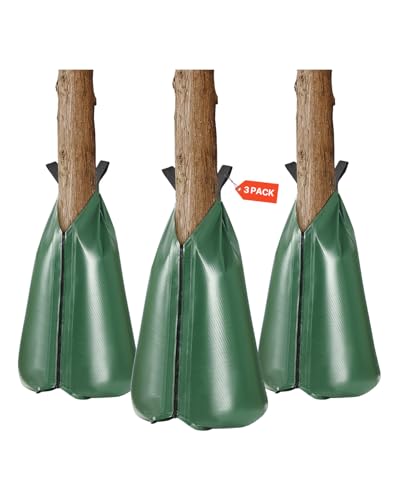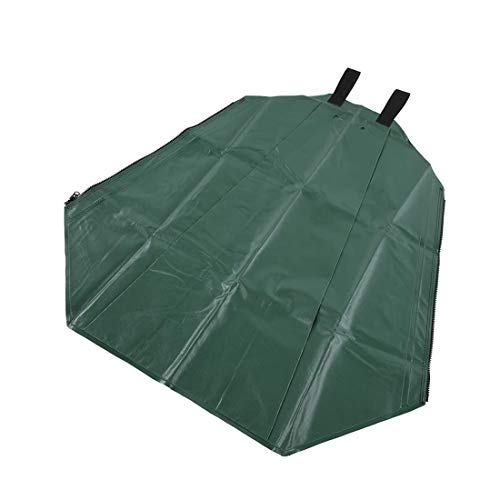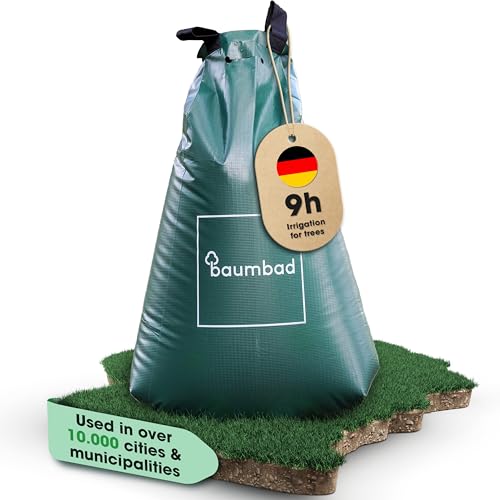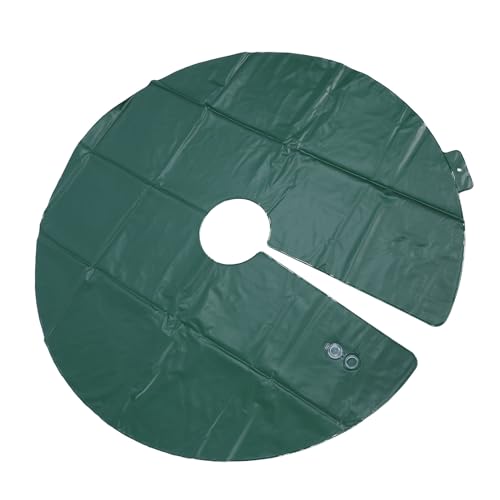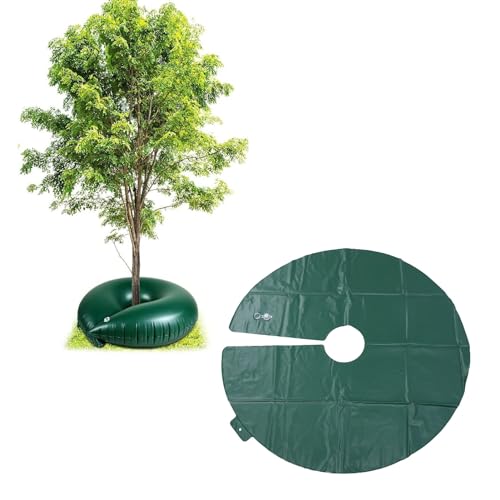Understanding Tree Irrigation Bags: Why They Matter for Your Garden
The Benefits of Tree Irrigation Bags
Tree irrigation bags serve a critical role in promoting healthy growth for your trees. They effectively deliver water to the root zone, allowing trees to absorb moisture gradually and deeply. This reduces water runoff and promotes efficient water usage, which is particularly beneficial during dry spells. Imagine planting a young tree in your garden; with an irrigation bag, you can ensure it receives the right amount of water it needs to establish a robust root system, protecting it from drought stress.
Environmental Impact
Using these bags not only supports your gardening ambitions but also contributes positively to the environment. Proper watering helps to grow vigorous trees that can provide shade, absorb carbon dioxide, and improve air quality. By installing a tree irrigation bag, we ensure our gardens thrive while also being mindful of water conservation, leading to a healthier planet.
How to Choose the Right Tree Irrigation Bag for Your Needs
Determining the Size
When selecting a tree irrigation bag, size matters significantly. It’s crucial to choose a bag that matches the size of the tree. Smaller bags are suited for younger, smaller trees, while larger bags accommodate mature trees needing more water. Picture a newly planted tree; a 15-gallon bag might suffice, but for larger specimens with more expansive root systems, a 20-gallon or larger bag is ideal.
Material Considerations
Tree irrigation bags are typically made from durable, UV-resistant materials. A sturdy bag will endure the elements, ensuring longevity. We should opt for bags with a good thickness, as they are less likely to tear and more effective at retaining water.
Choose Based on Filling Options
Irrigation bags come in differing filling options, which affect watering times and capacity. Some bags feature individual holes, allowing for faster filling, while others may provide a slower release of water, promoting deeper soaking. Evaluating how frequently we can refill the bag should guide our choice.
Setting Up Your Tree Irrigation Bag: Step-by-Step Guide
Choosing the Right Location
Setting up your irrigation bag starts with pinpointing the right spot. Aim to install it around the root zone of the tree, which typically extends a few feet beyond the trunk in all directions. Avoid placing it directly against the tree trunk to prevent rot.
Securing the Bag
Next, we need to secure the bag in place. Many bags come with straps or ties to fasten them, helping to keep the bag stationary against any strong winds. Ensuring it’s properly anchored allows for efficient watering without spills.
Filling the Bag
Now it’s time to fill the bag. Follow the manufacturer’s instructions regarding the water filling process. Once filled, make sure to check for leaks or any blockages in the bag’s release system to ensure smooth operation.
Maximising Effectiveness: Tips for Using Your Tree Irrigation Bag
Watering Frequency
To get the most out of your irrigation bag, we should regularly check its water level, especially during hot weather. Typically, a fully filled bag can provide water for approximately 5-10 hours, depending on the design and type of bag. Adjusting our refill schedule based on rainfall will help maintain optimal moisture levels.
Adjusting to Tree Growth
As your tree matures, don’t forget to upgrade the size of the irrigation bag, too. Young trees will grow stronger and larger, demanding more water as they establish themselves. Being mindful of this growth will ensure our trees continue to thrive.
Regular Inspections
Lastly, we recommend conducting regular inspections of the bag. Look for any signs of wear or damage. Addressing these minor issues early can extend the life of your product and safeguard your investment.
Maintenance and Care: Ensuring Longevity for Your Tree Irrigation Bag
Cleaning the Bag
To maintain the effectiveness of your irrigation bag, it’s essential to clean it periodically. This might involve hosing it down to remove dirt and residues that can block water flow or contaminate your tree’s water supply. Doing this at the start of every season will keep the bag in top condition.
Storing the Bag Off-Season
At the end of the growing season, store the bag properly to ensure its longevity. Empty it completely, clean it, and keep it in a dry, shaded area to prevent mildew or fungal growth. Ensuring our bag is stored correctly will pay off next season.
Inspecting for Damage
Each time we bring the bag out of storage, we should conduct a thorough inspection for cracks or tears. Addressing minor issues immediately, such as patching up small holes, can easily extend the life of our tree irrigation bag.
